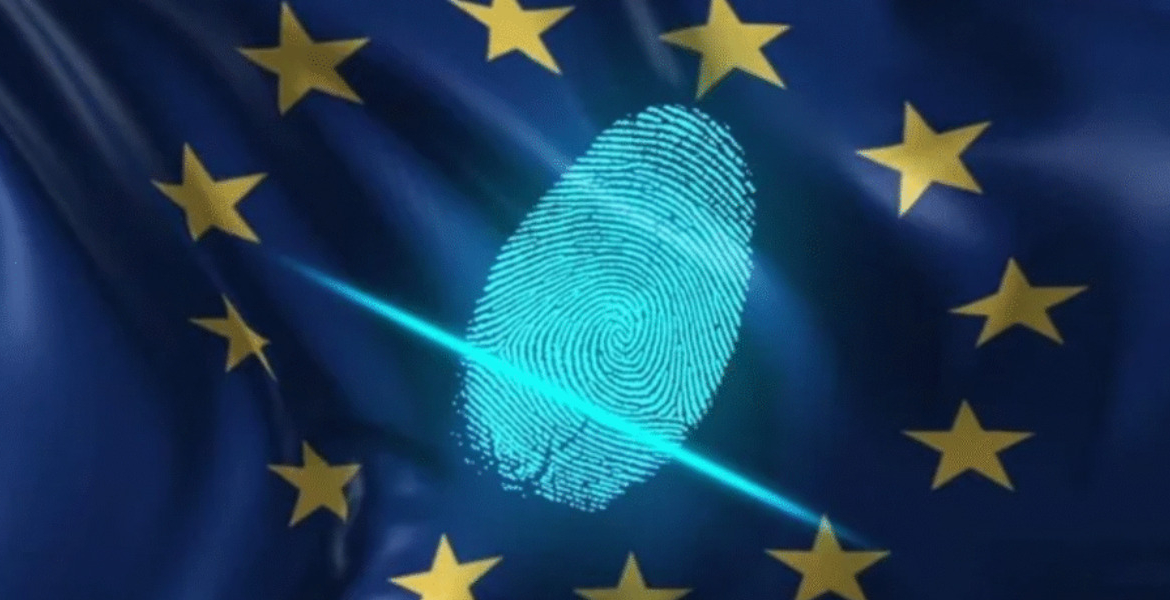Kenyans Travelling to Europe: How the EU’s Biometric System Affects You

The European Union has begun rolling out a new biometric border control system that replaces manual passport stamping for non-EU nationals with digital identity checks.
The Entry/Exit System (EES), introduced on Sunday, requires travellers from outside the EU to register biometric data, including fingerprints and facial images, at border crossings. The information is stored in a centralised EU database and linked to passport details, allowing authorities to automatically monitor entries and exits across the Schengen area.
The system is being phased in over six months, ahead of full implementation by 10 April 2026. During this transition, travellers, transport operators and border staff are expected to adjust to the new procedures. The European Commissioner for Internal Affairs and Migration, Magnus Brunner, described the EES as “the digital backbone of our new common European migration and asylum framework.”
The EES will apply across the Schengen zone, which includes most EU countries as well as Iceland, Norway, Switzerland and Liechtenstein. Non-EU nationals entering this area will need to provide biometric data on their first visit, with future checks conducted through facial recognition. Ireland and Cyprus are not part of the Schengen zone and are therefore excluded from the system.
The UK, no longer a member of the EU or Schengen area, will apply the EES at departure points for travel into Europe. Initial checks will focus on freight and coach services at the Port of Dover and the Eurotunnel terminal in Folkestone. From November, private vehicle passengers will also be included, while Eurostar travellers from London St Pancras will begin to see phased checks from 12 October, starting with selected business passengers.
UK Minister for Border Security and Asylum, Alex Norris, said the government had coordinated with EU officials to support a smooth transition. He stated that the new system would strengthen border controls and support efforts to prevent irregular migration.